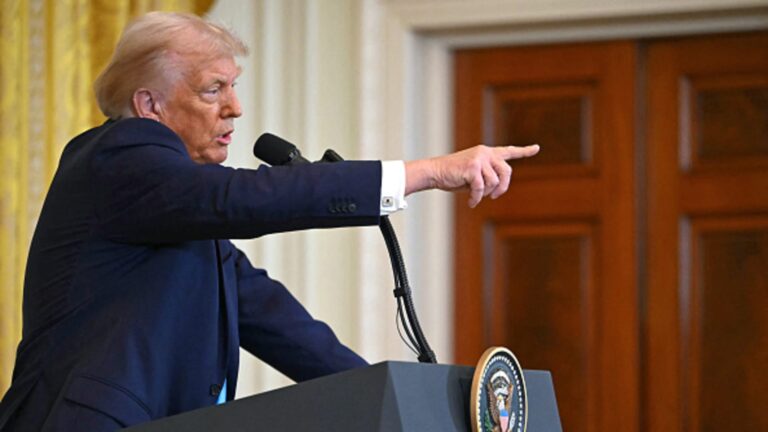Trump Wants to End the ‘Carried Interest Loophole’: What It Means for Investors and the Economy
In recent discussions about tax reform, a hot topic has emerged: the "carried interest loophole." Former President Donald Trump has voiced his intention to eliminate this controversial provision, sparking debates among economists, politicians, and investors alike. But what exactly is the carried interest loophole, and what would its elimination mean for the financial landscape?

What is the Carried Interest Loophole?
The carried interest loophole refers to a provision in the U.S. tax code that allows hedge fund managers, private equity partners, and venture capitalists to pay a lower tax rate on their earnings. Typically, these fund managers earn a share of the profits—usually around 20%—from their investment funds. This type of income is considered "carried interest" and is taxed at the capital gains rate, which is significantly lower than the ordinary income tax rate.
As of 2023, the maximum capital gains tax rate is 20%, while the top ordinary income tax rate can reach up to 37%. This discrepancy means that fund managers may pay far less in taxes than middle-class workers earning a comparable amount of money.

Who Benefits from the Carried Interest Loophole?
Many critics argue that the carried interest loophole primarily benefits wealthy hedge fund managers and private equity investors rather than contributing to economic growth. A 2019 report from the Congressional Research Service estimated that this loophole could cost the U.S. Treasury around $18 billion annually.
Since its inception, the loophole has faced criticism for promoting income inequality, as many Americans feel that wealthy investors should pay their fair share of taxes. A 2021 Gallup poll revealed that about 73% of Americans support closing the loophole, which indicates strong public sentiment against its continued existence.
Trump’s Position on the Loophole
During his presidency, Trump campaigned on an agenda of tax reform, which included closing the carried interest loophole. He argued that ending it would ensure that high-income earners pay a fair share in taxes, enhancing the overall equity of the tax system. Trump’s administration proposed various reforms aimed at tackling not only carried interest but broader tax avoidance strategies used by the wealthiest individuals in the country.

Economic Implications of Ending the Loophole
Eliminating the carried interest loophole could have both immediate and long-term economic implications. In the short term, fund managers would see a significant increase in their tax liability, potentially leading to a reevaluation of how investment funds operate. The higher taxation could, in theory, discourage risky investment behaviors, which some argue could stabilize certain financial markets.
However, in the long run, the revenue generated from closing the loophole could boost federal funding for social programs and infrastructure development, thus benefitting the broader economy. For example, funds redirected to education, healthcare, and job training could stimulate economic growth and promote equality.
The Response from the Financial Sector
The financial industry has responded with mixed feelings to the idea of closing the carried interest loophole. Some investors have warned that increased taxation could drive hedge funds and private equity firms to relocate to countries with more favorable tax environments, which could have negative implications for job creation and investment in the U.S.
However, proponents of ending the loophole argue that the integrity of the tax system should take precedence over appeasing wealthy investors. By leveling the playing field, the government would not only restore public trust but potentially stabilize the economy in the long run.

Conclusion
The push to end the carried interest loophole by Trump and other advocates is a reflection of a larger conversation about tax equity and the responsibilities of America’s wealthiest citizens. If successfully eliminated, the loophole could reshape the landscape of investment management, encourage a fairer tax system, and potentially generate much-needed revenue for crucial social programs. As discussions around tax reform evolve, the fate of the carried interest loophole remains a key point of contention—one that could affect not only the wealthy but the entire economic fabric of the nation.
In a world where income inequality is increasingly at the forefront of economic discussions, understanding provisions like the carried interest loophole is essential for informed public discourse and policy-making. As changes loom on the horizon, staying abreast of these developments will be crucial for investors, policymakers, and citizens alike.



